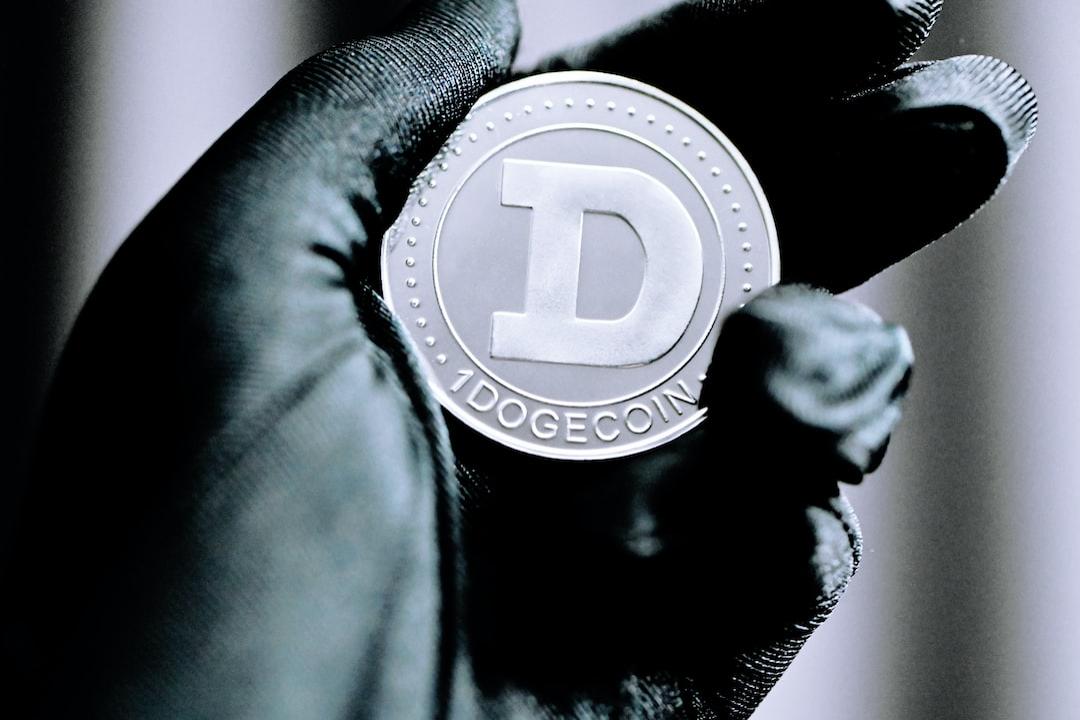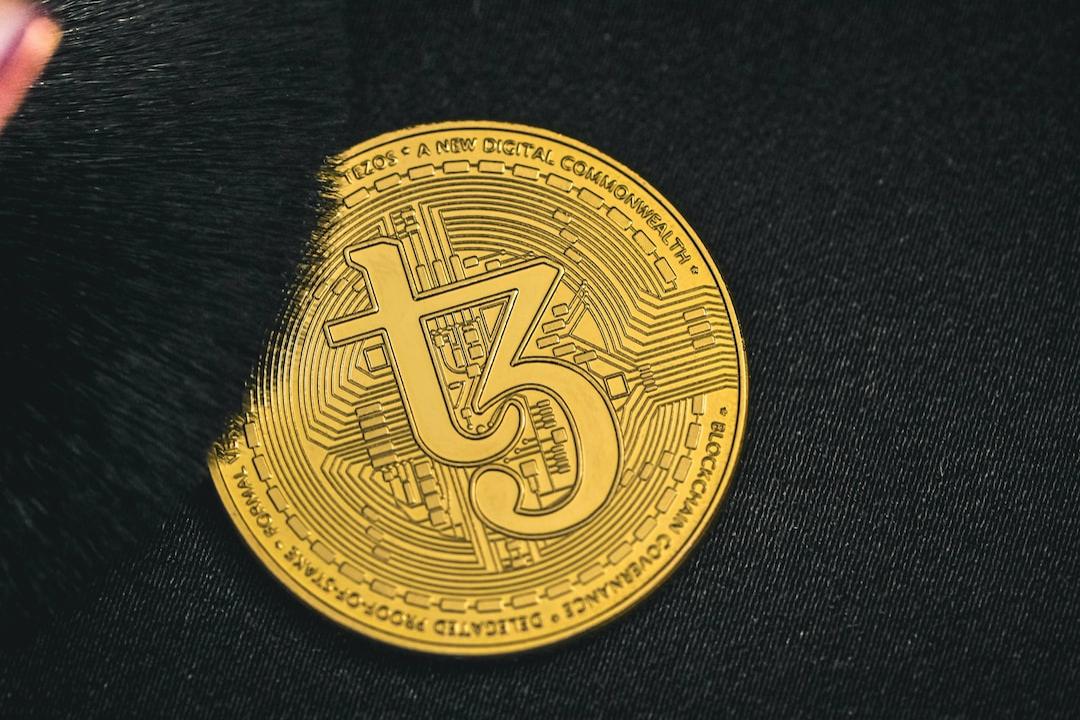Taiwan Aims to Produce 180,000 AI Drones by 2028! TSMC and Hon Hai Remain Passive, While Lite-On and Thunder Tiger Actively Participate
U.S. defense technology company Anduril founder Palmer Luckey has called on Taiwan, suggesting that if it can mass-produce AI drones and unmanned warships, it could effectively dominate the situation in the Taiwan Strait and prevent Chinese forces from landing. In the face of China’s ongoing threats, Taiwan is accelerating the deployment of drones as part of its national defense safety net. However, unexpectedly, while Taiwan dominates 90% of the global chip market, local tech giants like TSMC and Hon Hai have not actively participated; instead, it is currently robot manufacturers like Chi Mei Optoelectronics and Thunder Tiger Technology that are bearing the frontline. Simultaneously, the number of Chinese drones has reached tens of thousands, with plans to test unmanned warships. How Taiwan should respond in the future has become the biggest question at present.
Key Summary
Taiwan currently has about 1,000 military drones, far below China’s tens of thousands.
Tech giants like TSMC and Hon Hai have not yet heavily invested in the defense drone sector.
Manufacturers like Chi Mei Optoelectronics and Thunder Tiger Technology are currently the main producers of defense drones.
Europe has become Taiwan’s main drone export market, surpassing exports to the United States.
Taiwan aims to produce 180,000 civilian drones annually by 2028 as part of its wartime transformation plan.
The U.S. military encourages turning the Taiwan Strait into a “drone hell” to deter China.
Chi Mei Optoelectronics plans to deliver 3,000 drones this year, calling for assistance from large enterprises
Chi Mei Optoelectronics General Manager Andy Hsin stated in an interview:
“We expect to deliver 3,000 drones this year, but the industry’s profit margins are low; we not only lack scale but also a stable supply chain. We hope other large enterprises can join in.”




Currently, Taiwan has about 1,000 military drones, but experts indicate that China has approximately tens of thousands of military-grade drones.
Thunder Tiger and WPG Holdings have joined the R&D efforts, with Taiwanese products already reaching the Ukraine-Russia battlefield
Thunder Tiger Technology, known for model aircraft, and WPG Holdings, the largest information distributor in the Asia-Pacific region, have now also entered the development of military drones and unmanned submarines, even designing underwater vehicles capable of deep diving at 300 meters and AI drones with facial recognition capabilities.
Thunder Tiger Technology General Manager Gene Su revealed that some Taiwanese-made drones have already been sent to the Ukraine-Russia battlefield for field testing.


The types of AI drones currently procured and used in Taiwan
TSMC and Hon Hai have not responded to participation inquiries
Although Taiwan boasts renowned electronics giants like TSMC and Hon Hai, they have not participated in drone production. Both TSMC and Hon Hai declined to comment on this matter.
It is understood that until April of this year, Hon Hai’s subsidiary, Foxconn, announced the acquisition of the drone company FairTech, with an investment of approximately $70 million, marking what can be seen as the first step into this field.
U.S.-China trade war positions Taiwan’s supply chain, government invests $200 million for “complete domestic production”
Experts point out that the small scale of Taiwan’s drone market has discouraged many large companies. Additionally, the low-priced exports from Chinese drone companies make it difficult for Taiwan to enter international markets. However, notably, the U.S.-China trade war has led to China restricting exports of drone parts to the West, creating an opportunity for Taiwan’s supply chain to “fill the gap.”
Currently, to reduce dependence on China, the Taiwanese government signed contracts with six manufacturers in August last year, totaling $212 million, on the condition that they provide drones that do not contain Chinese-made parts, aiming for an annual production of 180,000 civilian drones by 2028.
With U.S. backing, Taiwan looks to Ukraine’s “hell tactics”
In the face of China’s ongoing military exercises around Taiwan, the U.S. government publicly urged Taiwan’s military last year to be able to “turn the Taiwan Strait into a drone hell” during wartime, aiming to incapacitate Chinese troop landings.
The Pentagon has also allocated $1 billion to study how to adapt battlefield experiences from Ukraine into Taiwan’s drone strategy, including autonomous explosive boats and cyber warfare.
Actively targeting European contracts to enhance domestic supply chain capacity and competitiveness
In order to reduce reliance on the domestic market’s cost pressure, Taiwan’s Ministry of Foreign Affairs organized a delegation to Europe last year to promote drones, successfully expanding into the Polish market as well as Germany and the Czech Republic. According to a chart from Taiwan’s Customs Administration:
“By 2025, the proportion of Taiwan’s drone exports to Europe (Poland, Czech Republic, Germany) will significantly increase, gradually surpassing the number of exports to the United States, becoming a new focus for Taiwan’s drone exports.”


Analysts have indicated that if there is a significant export increase to Europe, it could boost Taiwan’s drone industry capacity, consequently reducing costs and enhancing the competitiveness of the domestic supply chain.
Long-range, wind-resistant, fully autonomous: conditions Taiwanese drones must overcome
Unlike Ukraine, Taiwan does not have land connections to China; therefore, it requires drones with stronger wind resistance, long-range, and even cross-sea capabilities. Experts suggest focusing on types such as large early warning drones, small bombers, and cyber warfare drones to maximize effectiveness in wartime.
Production volume in Taiwan needs to be strengthened; urging local giants to participate is key
From the Ukraine battlefield to the tense situation in the Taiwan Strait, drones have already become a key element in modern warfare. If Taiwan is to rely on technology to safeguard peace in the future, it will need the participation of its local tech giants, supply chain integration, and international market support. Otherwise, before Taiwan’s drone fleet is fully established, the tens of thousands of Chinese drones will already be pressing in on its borders. Below is a comparative table of AI drones from both sides:


(Can the Taiwan Strait War be reversed with AI military technology? Insights from Anduril founder Luckey’s warning on Taiwan’s defense strategy against China)
Risk Warning
Investing in cryptocurrencies carries a high risk, and their prices may fluctuate dramatically; you may lose all your principal. Please carefully assess the risks.
